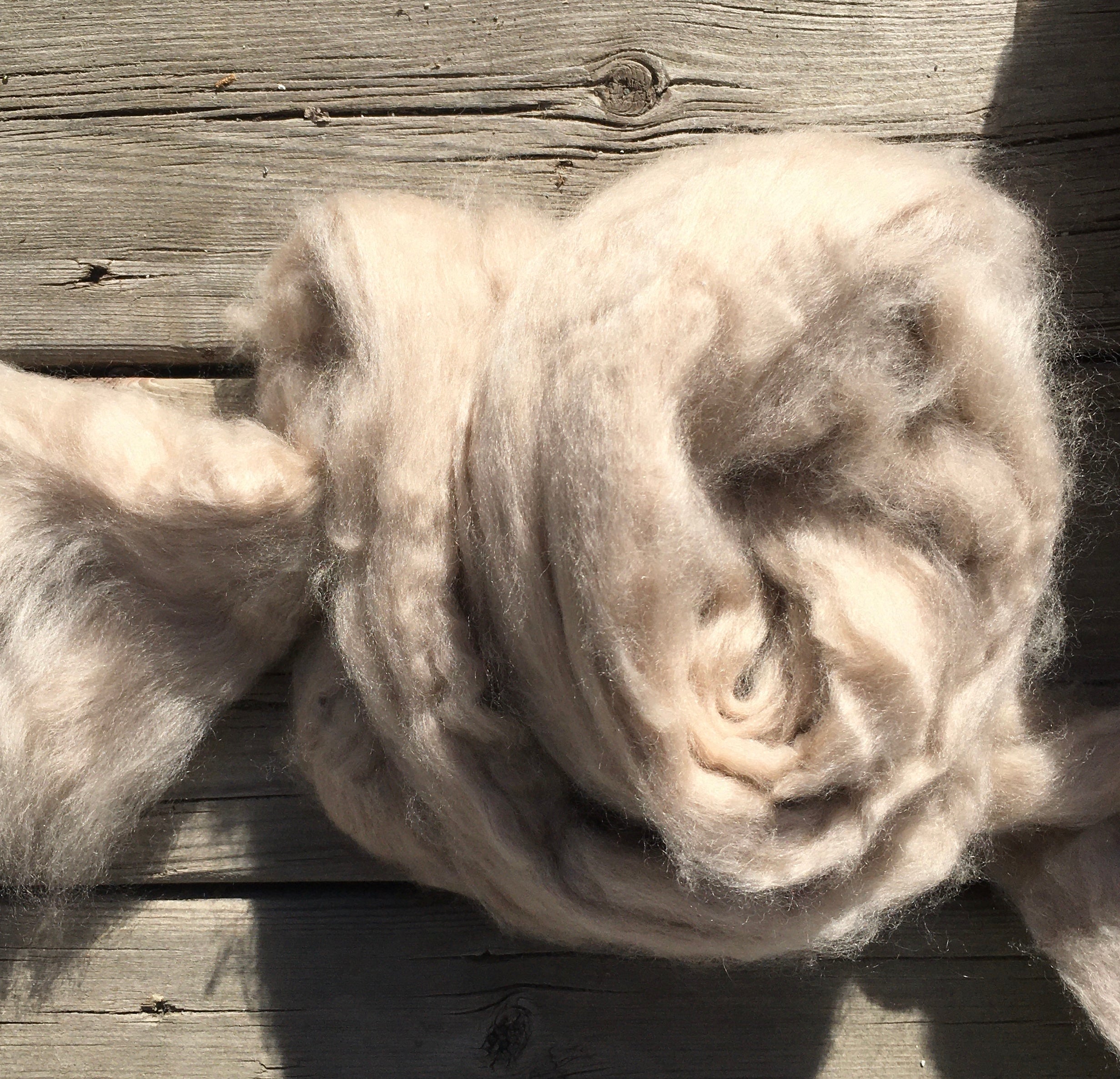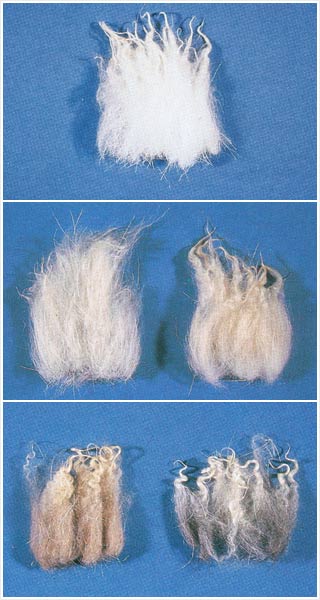What Is Cashmere? Exploring the Luxurious Material Loved by Fashion Experts
What Is Cashmere? Exploring the Luxurious Material Loved by Fashion Experts
Blog Article
Checking Out the Numerous Kinds of Cashmere an All-natural Fiber for Ultimate Deluxe
Cashmere, an all-natural fiber, is usually related to high-end and convenience. Not all cashmere is created equivalent. From the richly soft Mongolian range to the lightweight heat of Indian Pashmina, each type offers its very own one-of-a-kind attributes and attraction. The much more cost effective Chinese cashmere, the traditional Scottish variation, and the premium Italian blend, all inform a different story of this impressive fiber. As we unravel the world of cashmere, a deeper understanding of its true value and refinement starts to arise.
Understanding the Lavish Nature of Cashmere
Cashmere, commonly related to deluxe and comfort, holds a special allure on the planet of all-natural fibers. This soft, light-weight material is wanted for its outstanding heat and impressive longevity. Unlike other natural fibers, cashmere combines insulation with breathability, supplying unrivaled comfort throughout varying temperatures. Its glossy finish and soft texture contribute to its premium allure, warranting the premium cost that commonly comes with cashmere garments. Furthermore, cashmere's inherent crease resistance and elasticity enhance its value, making it a preferred option for costs clothing and accessories. In spite of its fragile appearance, cashmere possesses a shocking durability, able to keep its form and elegant feel with time. This unique blend of qualities seals cashmere's placement as an icon of elegance and indulgence.
Simply What Is Cashmere and Where Does It Originate from?

Cashmere is acquired from the soft undercoat of cashmere goats, primarily found in Mongolia, China, Iran, and Afghanistan. This meticulous process contributes to the scarcity and high expense of cashmere. With its beginning in the severe landscapes of Asia, cashmere is a testimony to nature's ability to produce luxury from hardship.
Decoding the Different Sorts Of Cashmere
Comprehending the different kinds of cashmere is vital to valuing the high quality and one-of-a-kind attributes of this glamorous material. Usually, cashmere is categorized into 3 types: raw, virgin, and recycled. Raw cashmere is straight gotten from the goat and is unrefined. This type often consists of contaminations such as dirt and coarse hair. Virgin cashmere, on the various other hand, is the pure, unrecycled product that is rotated right into thread for the very first time. It is the softest and most lavish. Recycled cashmere is made from virgin product that has been previously utilized. It is re-spun and used in producing lower-cost cashmere items. Translating these types is the first step in recognizing the exclusivity and value of cashmere.

The Special Features of Each Kind Of Cashmere
Having actually explored the various classifications of cashmere, it ends up being apparent that each type boasts its special collection of characteristics. Mongolian cashmere, as an example, is renowned for its remarkable quality, due to Mongolia's severe wintertimes that produce longer and finer fibers. Alternatively, click for more Chinese cashmere is usually more budget friendly, though its much shorter fibers can decrease sturdiness. Scottish cashmere is celebrated for its splendid gentleness, an outcome of the traditional water washing process utilizing Scotland's soft water. Italian cashmere, meanwhile, is famous for its skillful blending and coloring techniques, providing it flexible and lively. Lastly, Indian cashmere, also called Pashmina, is treasured for its amazing agility and heat. Each kind, therefore, adds to the material's track record for luxury.
Why Cashmere Is the Embodiment of Luxury in Style
Cashmere holds a renowned setting in the globe of fashion, concerned as a symbol of deluxe and class (is cashmere a natural fiber). Cashmere is acquired from the great undercoat of Himalayan goats, recognized for their remarkable quality fiber. Cashmere's exceptional convenience and sturdiness make it a popular material in the creation of high-end garments.
The Process of Making Cashmere: From Goat to Garment
The journey of cashmere, from being an undercoat of a Himalayan goat to an extravagant garment, is a detailed one. With the advent of spring, farmers in Mongolia and China gather the wool by combing the goats, making certain no injury is done. The obtained woollen contains rugged external hair and soft downy undercoat. This mix is then fastidiously divided, with only the soft down utilized for cashmere. This raw cashmere is cleaned, colored and spun into thread. The yarn is after that woven or weaved right into click to read more fabrics. The final step includes pushing and washing to offer the material its characteristic soft qualities and warmth. From goat to garment, each action is a testimony to the skill, persistence and virtuosity involved in crafting cashmere.

Final Thought
To conclude, cashmere, with its all-natural style and unrivaled convenience, reigns supreme on the planet of high-end style. The variety in kinds, varying from the soft Mongolian, lightweight Indian Pashmina, economical Chinese, typical Scottish, to the colorful Italian, exposes the versatility of this natural fiber. The meticulous process of transforming it from a goat to a garment further adds to its exclusivity, making cashmere the embodiment of sophistication and high-end.
Cashmere, an all-natural fiber, is commonly associated with deluxe and comfort (is cashmere a natural fiber).Cashmere, typically linked with deluxe and convenience, holds an unique appeal in the world of all-natural fibers. Unlike other natural fibers, cashmere combines insulation with breathability, using unmatched convenience across differing temperature levels. Cashmere is obtained from the soft undercoat of cashmere goats, largely discovered in Mongolia, China, Iran, and Afghanistan. Cashmere is derived from the fine undercoat of Himalayan goats, recognized try these out for their superior top quality fiber
Report this page